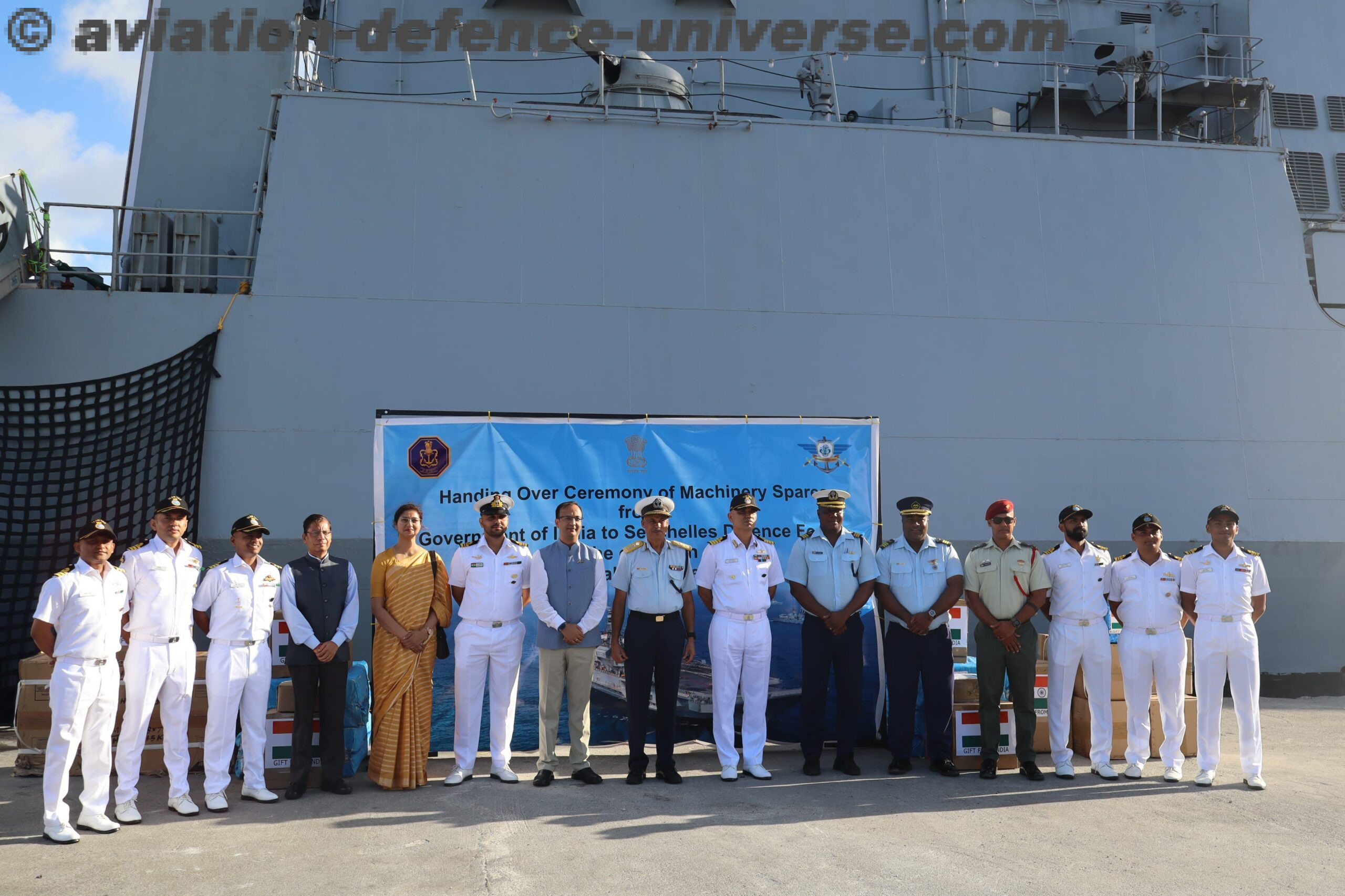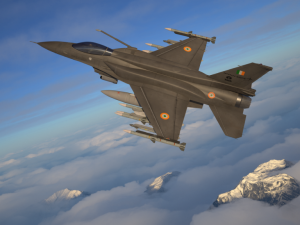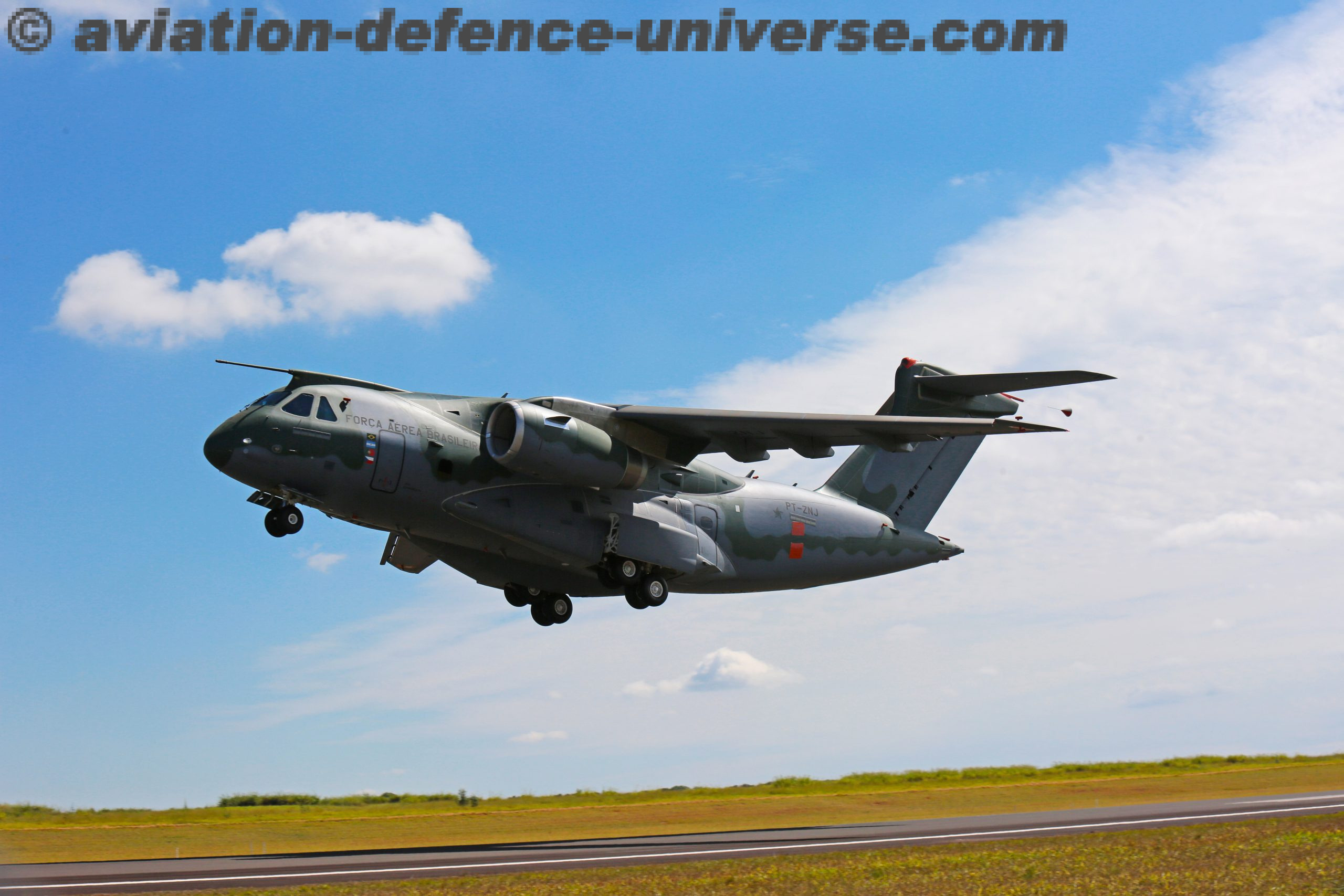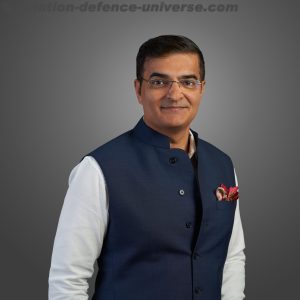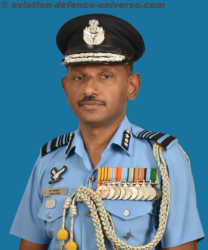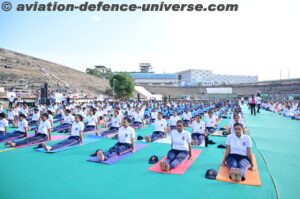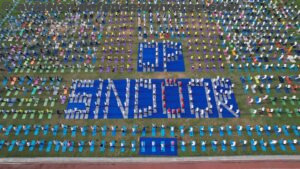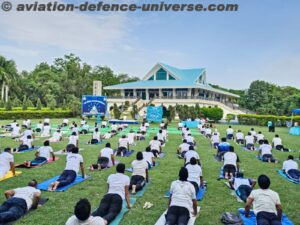By Maj Gen (Dr.) Ashok Kumar, VSM (Retired)
New Delhi. 07 October 2024. While Operation Desert Storm brought pre-eminence of air power in the orchestration of war winning strategies but with emergence of other long-range vectors like missiles (including supersonic missiles) as well as unmanned aerial systems (UAS), a new narrative started emerging as if the conventional Air Forces are losing their pre-eminent space in the modern-day warfighting. This was appearing somewhat logical to some of the analysts given the way Russia –Ukraine war has continued as well as the way adversaries of Israel have targeted Israel but a deeper and objective analysis will reveal that while other instruments of war fighting like long range vectors and UAS have gained more visible eminence, they have in no way reduced the lethality and need of professional Air forces the world over.
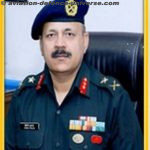 This has been demonstrated by Israel using their air power to destroy their adversaries including the top leadership of the terrorist organisations. Not only this, despite having large quantum of stockpiles of missies and UAS, both USA and China are increasing their air forces including equipping the aircraft carriers with best of the fighter aircrafts. It is obvious that both these countries look at their air power constructively as a war winning factor for any future conflicts.
This has been demonstrated by Israel using their air power to destroy their adversaries including the top leadership of the terrorist organisations. Not only this, despite having large quantum of stockpiles of missies and UAS, both USA and China are increasing their air forces including equipping the aircraft carriers with best of the fighter aircrafts. It is obvious that both these countries look at their air power constructively as a war winning factor for any future conflicts.
Given the fact that China is our primary adversary and it will remain so in future as well, one need to keep a close eye on the development of war fighting arsenal of China. A closer analysis will reveal that China is developing large No of aircraft indigenously with long ranges and more lethal capabilities. Indian Air force (IAF) has to equip itself for handling such an emerging challenge which becomes more complex due to collusivity between China and Pakistan. Surprisingly, both China as well as Pakistan continue with their focused development of their air power despite the fact that they have good No of missiles as long-range vectors. IAF has to also prepare itself accordingly.
There are lot of disruptions taking place at the Geo-political, geo -economic and technological levels. These developments are increasing the uncertainties with every passing day. Even in India, major transformational charges are taking place in the domain of jointness, integration and Theaterisation which will lead to a new approach altogether for the future warfighting. Coming 08 Oct, being celebrated as AF Day with major events planned in run up to this day in Chennai, is the good occasion to carryout reappraisal of the doctrines, concepts and equipping of IAF in a manner wherein it is not only handling the challenges posed by its neighbours/ adversaries but is able to play a pre-eminent role at the regional and international stage to assist the friendly foreign countries in the furtherance of national interests by itself or with close coordination with Navy and Army. The capabilities so created should not only be limited to the war fighting alone but must extend in all other domains as required by the country for itself or for its friends.
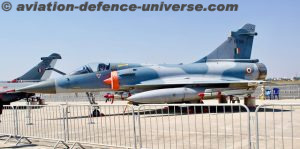
The anticipated theaterisation is aimed at optimising the output of all its constituents when these are employed in an integrated manner. The underlying argument being that the sum of each will be more than their total sum. Each service has its own strengths and weaknesses. It is hoped that this AF day, IAF will objectively analyse these so that the integrated approach enhances its strengths and minimises the weaknesses, even if these are merely perceived ones.
IAF plays and needs to play a more pivotal role in positioning and projecting the military power at multiple locations. Given the fact that India has a long unsettled border / LAC with China and the terrain is mountainous to glaciated restricting the movement of the troops, the role of IAF becomes more critical to win our future wars While developing all weather connectivities by constructing tunnels at the passes, creating alternate axes , developing laterals & axial are providing more options to the Indian Military but these still remain a major challenge wherein IAF can and will play a pivotal role in positioning the forces and resources at a place where those are operationally required in an operationally acceptable timeframe besides pulverising the adversaries where needed. This surge capability needs to be created across the domains.
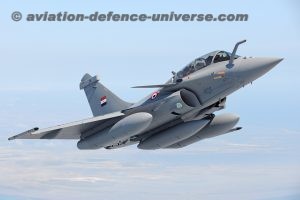 The capacity creation takes substantial time more so in the case of IAF resources which demand a very high technologically prowess, something which we badly need. While effort is being made to produce ‘TEJAS’ aircraft indigenously besides so many other items, a battle with ‘time lines’ is entering a critical phase specially as the ongoing conflict in West Asia enlarges and China does not resolve the LAC standoff. 08 Oct 24, this AF day can be made historical by going in the ‘mission mode’ operationalisation of all our needs that too in the synergistic manner along with the Army and Navy. IAF needs to focus on Effect based operations to neutralise the Centre of Gravity of the adversary in the early stages of conflict.
The capacity creation takes substantial time more so in the case of IAF resources which demand a very high technologically prowess, something which we badly need. While effort is being made to produce ‘TEJAS’ aircraft indigenously besides so many other items, a battle with ‘time lines’ is entering a critical phase specially as the ongoing conflict in West Asia enlarges and China does not resolve the LAC standoff. 08 Oct 24, this AF day can be made historical by going in the ‘mission mode’ operationalisation of all our needs that too in the synergistic manner along with the Army and Navy. IAF needs to focus on Effect based operations to neutralise the Centre of Gravity of the adversary in the early stages of conflict.
The explosion of ‘Pagers’ and ‘Walkie-Talkies’ by Israel has opened another level of conducting the operations. The most important lesson for India is to go ‘full hog’ for the indigenisation. For this to happen, the conventional policies and processes will not only be required to be tweaked but will need to be changed altogether. The supremacy of ‘product’ over the ‘process’ will need to be accepted.
This AF Day, there is a need to signal major transformative changes to ensure that the Indian Defence Forces ‘in general’ and IAF ‘in particular’ are ready to handle the challenges the country faces today. While rotational policy to celebrate the events outside Delhi combined with showcasing its prowess are important aspects but the professional and transformative changes needed by IAF at this point are most important. The country has an excellent occasion on 08 Oct 24 and that too when IAF has a new Chief. The country is optimistic and feels safe with ‘safe skies’ provided by the IAF.
(Maj Gen Ashok Kumar, VSM (Retd) is Director General Centre for Joint Warfare Studies (CENJOWS), a Kargil war veteran and a defence analyst. He specialises on neighbouring countries with special focus on China. The views in the article are solely the author’s. He can be contacted at editor.adu@gmail.com).





































